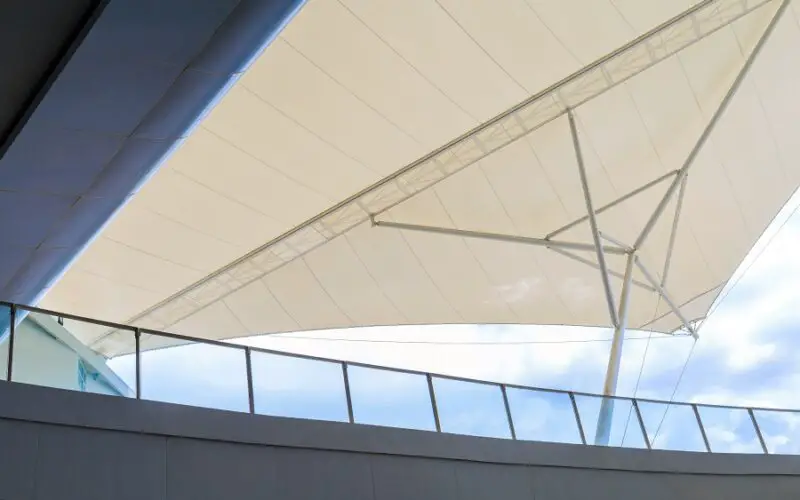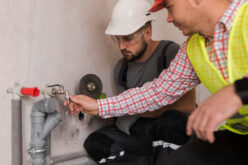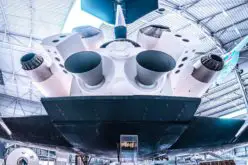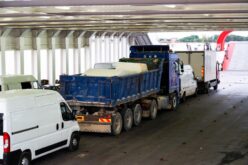Construction experts continue developing new ways to build high-quality structures in a shorter time. Among the leading choices, fabric buildings and steel structures have gained significant popularity.
Fabric buildings or tensile structures are made with lightweight yet sturdy metal framing and durable, weatherproof fabric. On the other hand, steel structures are commonly made with galvanized steel.
While these two options provide efficient construction solutions, fabric buildings are becoming more popular across various industries due to their advantages. Here are nine reasons why many consider fabric buildings over steel structures.
1. Cost-Effective
When selecting the optimal construction method, cost emerges as a paramount consideration. The aim is to construct a resilient and enduring structure while ensuring the most favorable price. In this case, a tension fabric building provides the best solution.
In terms of material and labor expenses, fabric buildings offer greater cost-effectiveness compared to steel structures. The materials used to construct fabric buildings are less expensive than steel, and the construction process is quicker.
2. Energy Efficiency
In modern construction, prioritizing energy efficiency holds significant importance. Adhering to sustainability standards enables the optimization and preservation of resources.
Compared to steel structures, fabric buildings exhibit superior energy efficiency. The fabric used in their construction offers enhanced insulation, facilitating easier heating or cooling of the interiors. This feature translates to lower energy bills and a reduced carbon footprint.
Additionally, the translucent membrane of fabric buildings allows ample natural light to penetrate, thus reducing the energy consumption for artificial lighting during the day.
3. Customization Options
Customization is imperative for constructing a residential, commercial, or industrial building. It ensures every detail is suitable for your needs. The flexibility for detailed customization is one of the reasons why fabric buildings are better than steel structures.
Fabric buildings allow architects and designers greater freedom to craft distinctive and functional structures. Precise cuts and shapes can align with the desired plans with prefabricated materials. Additionally, the fabric comes in various colors and styles, allowing you to select one that stands out or blends harmoniously with the surrounding environment.
Furthermore, fabric buildings offer flexibility regarding overall structure and size customization to match individual requirements. For instance, you can choose a smaller fabric building for glamping accommodations, modular offices, accessory dwelling units, or a more expansive one for warehouses and garages.
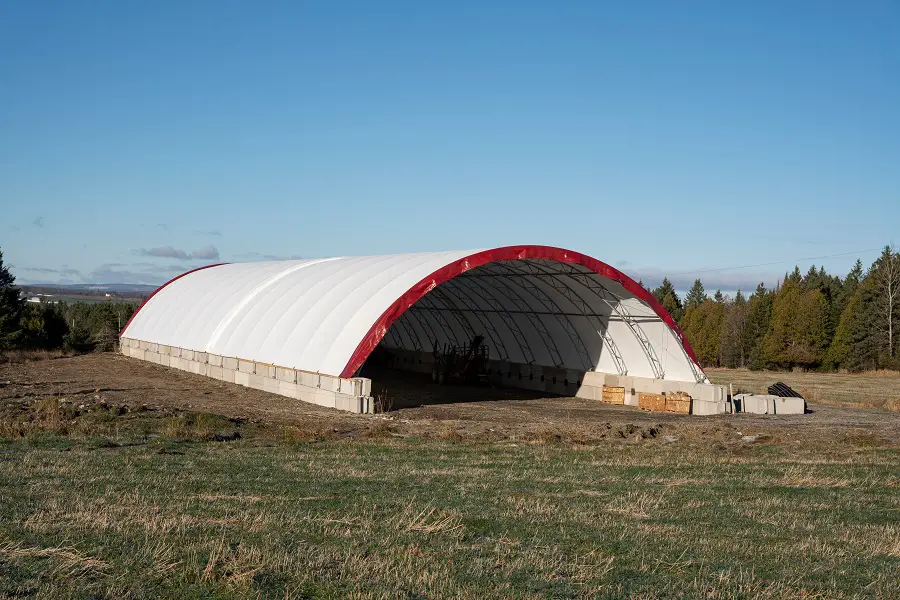
4. Quick Construction
A quicker construction method saves time, money, and energy. Fabric buildings provide an unmatched solution that meets your expectations through easy assembly.
Generally, fabric and steel buildings are modular structures with prefabricated materials and assembly guided by pre-made plans. However, fabric buildings significantly reduce preparation time, resulting in quicker construction.
Typically, the assembly of tension fabric structures can be completed within a few hours, which is way faster than steel structures and traditional buildings. This rapid assembly feature proves particularly beneficial for businesses that require quick setup to initiate their operations promptly.
5. Durability And Longevity
Durability and longevity play a crucial role in the construction industry as they determine a building’s ability to withstand harsh weather conditions, thus ensuring safety.
Fabric buildings exhibit remarkable durability despite their lightweight nature. These structures are specifically engineered to endure extreme weather, high temperatures, strong winds, and heavy snow loads. Moreover, certain fabrics used in these buildings are fire-resistant, further enhancing their safety features.
In addition, fabric materials are resistant to UV rays, ensuring that they don’t fade or deteriorate even with prolonged exposure to sunlight.
6. Versatility
Versatility is a significant consideration when choosing the best modular building. A multipurpose structure provides greater flexibility in function and opportunities for reuse in the future.
Compared to steel structures, fabric buildings offer exceptional versatility. They can serve various purposes, such as storage facilities, workshops, and event spaces. Furthermore, these buildings have various ventilation options to ensure comfort for different applications.
7. Portability
Transporting construction materials often increases expenses, primarily due to heavy loads. In this regard, fabric buildings offer superior portability to steel structures, owing to their lightweight construction.
The lightweight nature of fabric buildings allows for more efficient transportation. This feature proves beneficial for businesses that require frequent relocation or for temporary facilities like event spaces. By quickly dismantling and transporting these structures to new locations, significant time and cost savings can be achieved instead of constructing an entirely new building from scratch.
8. Low Maintenance
Maintenance costs can significantly impact expenses. For instance, steel structures may require repainting and resealing to prevent rust. In contrast, fabric buildings solve this issue through low to almost non-existent maintenance requirements.
Additionally, the fabric materials utilized in their construction are resistant to mold, mildew, and pests, eliminating the need for regular cleaning or pest control. Moreover, cleaning fabric materials is simple, resulting in time and cost savings for businesses.
9. Sustainability
Adopting sustainable construction methods reduces environmental impact and maximizes resource utilization. Hence, the use of recyclable materials and adherence to eco-friendly standards is imperative.
As you can see, fabric buildings present a more sustainable alternative to steel structures. The materials employed in fabric buildings are recyclable, allowing for reuse or repurposing at the end of their lifespan. Additionally, the energy efficiency of fabric buildings contributes to a lower carbon footprint, further supporting sustainable construction practices.
Conclusion
Fabric buildings provide numerous advantages over steel structures, making them increasingly popular among businesses and individuals. So, whether you need additional storage space, a workshop, or an event venue, opting for a fabric building is an excellent decision.


